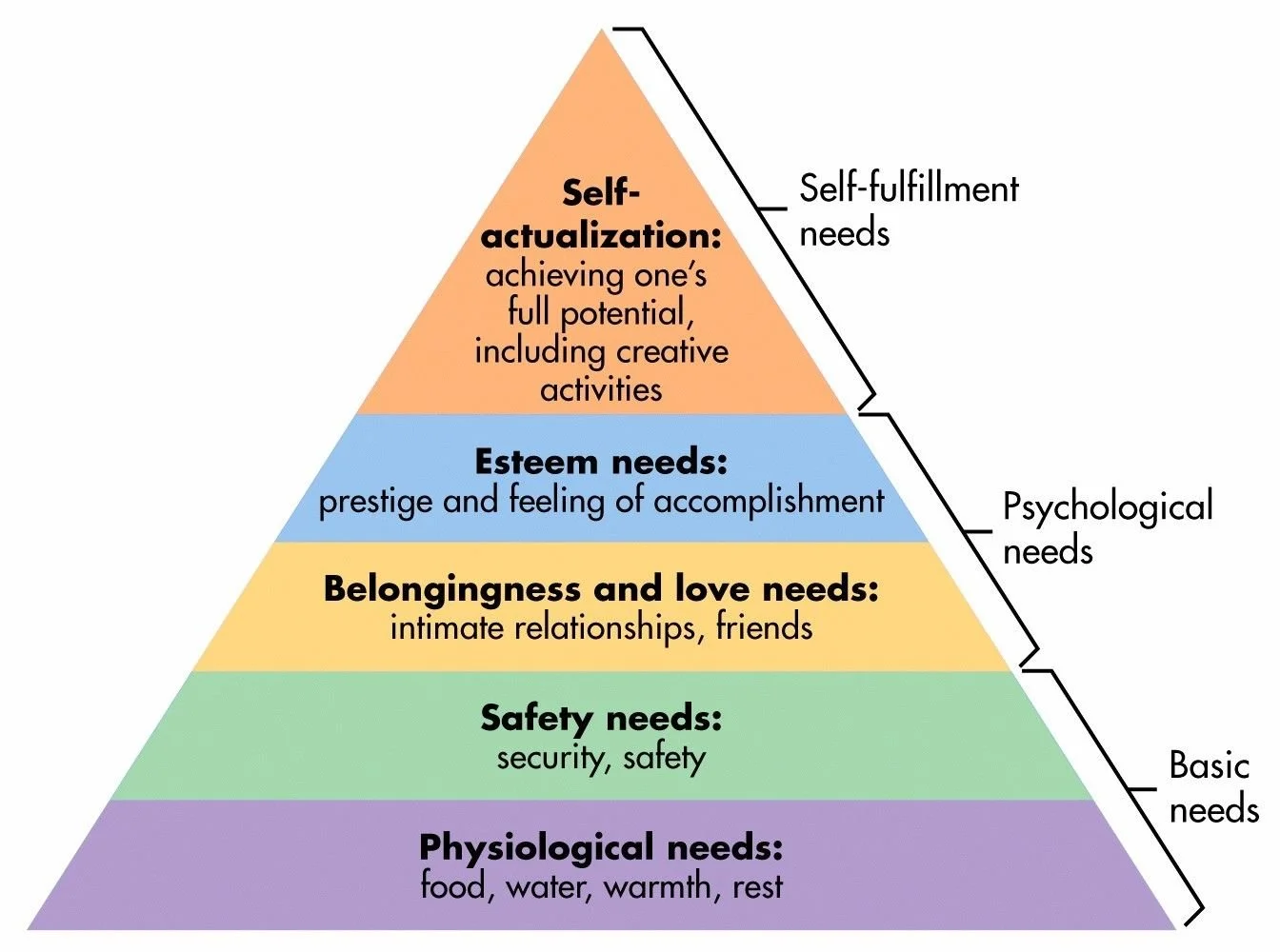The first step to change is to understand where our actions and behavior stem from & what our basic needs are.
Why am I acting this way?
Why is my child acting this way?
Why is my partner acting this way?
Consider the history
What is triggering me or them? To understand this, it may be helpful to go to therapy, speak with your own parents, or do a family geology to understand generational trauma and habits passed on in your family. If you have a partner, schedule a time to discuss your family history together and be willing to receive feedback from the one you trust the most. If it is your child, you still want to look at your own habits and behaviors first.
Basic Needs & Environment
We forget that sometimes we overlook the most simple, obvious answer that is right in front of us. When our basic needs are not taken care of, this is the first trigger that will typically manifest into difficult behaviors (i.e. irritability, tantrums-yes adult tantrums as well, making immediate decisions without caution, criticizing, shutting down).
The next time you, your partner, or child are acting in a hurtful way consider:
Hunger: Not just consistent meals throughout the day, but quality and nutrient-dense food. Are they getting enough zinc, vitamin D, and magnesium in a daily basis?
Sleep: Did this person receive a full 8-9 hours of sleep? Are they sleeping soundly at night or waking up?
Physical Ailments: Is this person having recent stomach aches, digestive issues, allergic or skin reactions such as eczema, headaches, illnesses such as a cold?
Environmental Factors: Consider if the weather, side effects from medication, a change in schedule or life transition such as a new school or sudden death, bright lights, temperature or loud sounds may be affecting you
Safety and Security: The ability to feel safe and secure with the people and surroundings are intangible needs we cannot always see or notice, but without them our brains will naturally operate in fight, flight, or fawn mode.
Rule these out first.
Maslow’s hierarchy of needs (1943)












